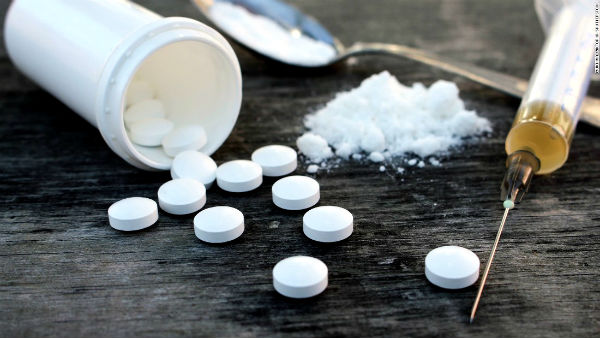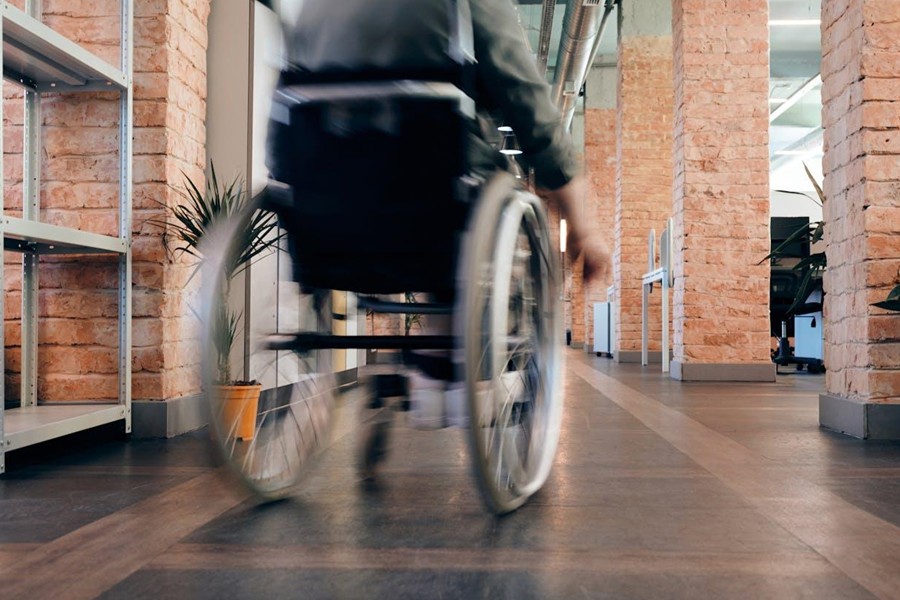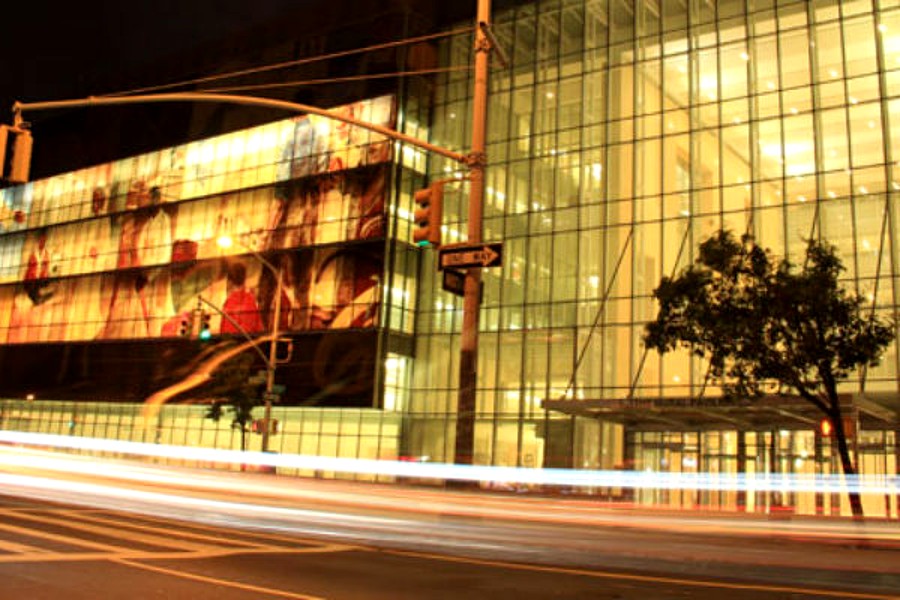 The Health Department today published an Epi Data Brief analyzing the latest 2017 confirmed drug overdose death data from Harlem to Hollis, Queens. The provisional Data Brief shows that drug overdose deaths in New York City remained at epidemic levels in 2017. However, the rate of increase slowed down significantly in 2017 – with a 2 percent overall increase, compared to the 51 percent uptick recorded for 2016.
The Health Department today published an Epi Data Brief analyzing the latest 2017 confirmed drug overdose death data from Harlem to Hollis, Queens. The provisional Data Brief shows that drug overdose deaths in New York City remained at epidemic levels in 2017. However, the rate of increase slowed down significantly in 2017 – with a 2 percent overall increase, compared to the 51 percent uptick recorded for 2016.
Today, the City confirmed 1,487 drug overdose deaths in 2017 (including City residents and non-City residents). That is 62 more deaths than the prior year. In contrast, in 2016 there were 437 more deaths than the year before. The Data Brief updates the provisional quarterly report the Department released in May 2018, which showed 1,441 overdose deaths for 2017.
For the first time in 11 years, Black New Yorkers had the highest rate of drug overdose death, compared to Whites and Latinos. Of the Black New Yorkers who died from drug overdose in 2017, the largest number lived in the Bronx. Among Black New Yorkers, residents of the Bronx and Manhattan had the highest rates of overdose.
The 2017 Epi Data Brief shows that fentanyl – a potent, synthetic opioid 50 to 100 times stronger than morphine – was detected in more than half (57 percent) of all overdose deaths, up from 44 percent in 2016. In 2017, fentanyl was the most common substance identified in overdose deaths. The neighborhoods with the highest rate of overdose death – Hunts Point-Mott Haven and Highbridge-Morrisania in the South Bronx – had overdose rates more than twice the citywide average. For the first time in 11 years, Black New Yorkers had the highest rate of drug overdose death, compared to Whites and Latinos. Of the Black New Yorkers who died from drug overdose in 2017, the largest number lived in the Bronx. Among Black New Yorkers, residents of the Bronx and Manhattan had the highest rates of overdose. The full Epi Data Brief can be found here.
The Health Department also released drug overdose data for the first quarter of 2018 (January through March), which shows 360 overdose deaths. This is three fewer deaths than the final quarter of 2017. The full quarterly report can be found here.
In response, as part of HealingNYC – the City’s comprehensive strategy to address the opioid overdose epidemic – the City will increase overdose prevention efforts in the Bronx and communities most affected by this epidemic, with the following actions:
• Distributing at least 15,000 kits naloxone kits to Opioid Overdose Prevention Programs in the Bronx, with a focus on the neighborhoods with the highest rates of overdose death.
• Expanding access to medications for addiction treatment at 12 new sites citywide, with two additional sites in the Bronx and four additional sites in Manhattan.
• Expanding the newly formed Faith in Harm Reduction partnership between the harm reduction and faith communities to address the overdose crisis among Black and Latino New Yorkers in the hardest hit neighborhoods.
• Building a coalition of community members and organizations to develop targeted strategies for Bronx residents and Black and Latino New Yorkers.
…Washington Heights – Inwood in Manhattan, three communities of color with the highest citywide overdose death rates.
• Continuing the Rapid Assessment and Response Initiative, which conducts targeted overdose prevention and educational outreach in the Hunts Point – Mott Haven and Highbridge – Morrisania neighborhoods in the Bronx and Washington Heights – Inwood in Manhattan, three communities of color with the highest citywide overdose death rates.
“New York City’s drug overdose epidemic continues, but the story of who is affected is changing,” said Acting Health Commissioner Dr. Oxiris Barbot. “For the first time in over a decade, the risk of fatal overdose is higher in African Americans than in Whites. Still, the rate of increase has slowed, and we are optimistic that the many efforts of HealingNYC are moving us in the right direction. These include connecting more New Yorkers to medications for addiction treatment and life-saving naloxone. We are committed to using our data to target our approaches to the communities most at risk of overdose.”
“It is with great concern that I receive the results of this report on the uptick of drug-related deaths, especially from fentanyl, in our City. It is particularly worrisome that a number of neighborhoods in the Bronx and low-income people of color have been the most affected by this development,” said State Senator Gustavo Rivera. “While we have a long road ahead of us, I look forward to working with our City to find effective solutions including passing the Safe Consumption Sites bill I proudly sponsor at the state level, to adequately address the serious crisis we are facing.”
“Despite taking an all-hands-on-deck approach to the opioid crisis, overdose deaths continue to rise in New York City. Our communities are struggling with unimaginable loss, and it is clear that partners at every level of government must work together with advocates to provide more robust resources to families and individuals on the front lines struggling to survive. We must work together to expand our prevention education, treatment and recovery services city and statewide,” said Assemblymember Linda B. Rosenthal, Chair of the New York State Assembly Committee on Alcoholism and Drug Abuse.
“I am disheartened to learn neighborhoods such as Mott Haven and Highbridge – both of which are in my district – have the highest rates of overdose deaths. Our City must continue to approach the opioid epidemic holistically and do so through a racial equity lens,” said Council Member Diana Ayala. “As the Chair of the Committee on Mental Health, Disabilities, and Addiction, I am committed to shedding more light on this issue and advocating for further resources in communities impacted most.”
Epi Data Brief highlights:
- In 2017, every six hours someone in New York City died of an overdose, versus every seven hours in 2016.
- In 2017, residents of the Bronx had the highest rate and number of overdose deaths (363 deaths), compared to residents of the other four boroughs. The rate of overdose death among Bronx residents increased 9 percent from 2016.
- Staten Island residents had the second-highest rate of overdose death. Brooklyn residents accounted for the second-highest number of overdose deaths with 359 in 2017.
- There were 101 deaths among Staten Island residents in 2017, a decrease of 18 deaths compared to 2016.
- In 2017, the rate of overdose death was highest among Black New Yorkers for the first time in over a decade, compared to Latino and White New Yorkers.
- Residents of the highest-poverty neighborhoods had a 25 percent increase in the rate of overdose death from 2016 to 2017. The rate of overdose death in the highest-poverty neighborhoods was more than double the rates in medium and low-poverty neighborhoods.
- In New York City, Black New Yorkers had the largest increase in the rate of opioid-involved overdose deaths for the second year in a row, a 93 percent increase in 2016 and a 28 percent increase in 2017.
- The rate of overdose death among Latino New Yorkers increased by 3 percent from 2016 to 2017.
- Opioid painkillers, excluding fentanyl, were involved in 214 overdose deaths (14 percent) in 2017; 65 fewer deaths involved an opioid analgesic in 2017 compared to 2016.
- Nearly three quarters (73 percent) of all overdose deaths involved heroin and/or fentanyl in 2017, consistent with 2016.
- Since the launch of HealingNYC in March 2017, the Health Department has:
- Distributed over 139,000 naloxone kits to opioid overdose prevention programs citywide.
- Launched Relay, a new peer-based program, in five hospital emergency departments for people who experience an overdose.
- Trained more than 1,000 clinicians to prescribe buprenorphine.
- Conducted 1:1 education with more than 1,000 clinicians about judicious opioid prescribing and more than 1,100 pharmacists about naloxone distribution.
- Raised public awareness about overdose prevention and effective addiction treatment through three citywide media campaigns – “Overdose is Preventable,” “I Saved a Life,” and “Living Proof” – as well as a pilot public awareness campaign in Lower East Side bars to alert New Yorkers to the presence of fentanyl in the cocaine supply.
- Launched a free mobile app, “Stop OD NYC,” to teach New Yorkers how to recognize and reverse an overdose with naloxone. The app also links individuals to nearby community-based programs and pharmacies where naloxone is available without a prescription.
The City is committed to helping New Yorkers with addiction receive treatment and care. Naloxone is available for free from registered Opioid Overdose Prevention Programs. The Health Department also offers regular naloxone trainings at its main office in Queens and Tremont Neighborhood Action Center in the Bronx, which teach New Yorkers to recognize the signs of an overdose and respond by calling 911 and administering naloxone. The training is free, and all participants are offered a free naloxone kit.
Treatment with methadone or buprenorphine is highly effective for opioid addiction and can reduce the risk of overdose. Individuals seeking support or treatment for substance use issues for themselves or their loved ones can contact NYC Well by calling 1-888-NYC-WELL, texting “WELL” to 65173 or going to nyc.gov/nycwell. Free, confidential support is available at any hour of the day in over 200 languages.
If you witness an overdose, call 911 immediately.
Become a Harlem Insider!
By submitting this form, you are consenting to receive marketing emails from: Harlem World Magazine, 2521 1/2 west 42nd street, Los Angeles, CA, 90008, https://www.harlemworldmagazine.com. You can revoke your consent to receive emails at any time by using the SafeUnsubscribe® link, found at the bottom of every email. Emails are serviced by Constant Contact








